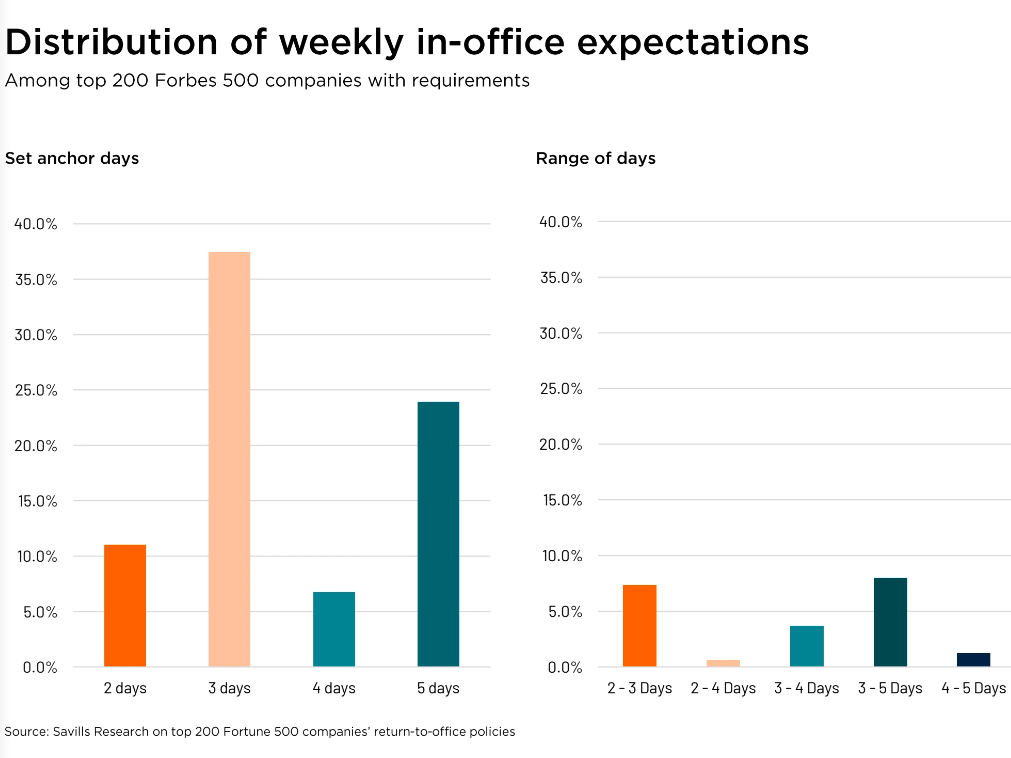Why More QSRs Will Consider Smaller Footprints Post-COVID-19
Smaller dining spaces create new opportunities for both property owners and tenants, according to Chris Maling of Avison Young.

Christopher Maling
Although some restaurants have been struggling as they largely rely on sit-down business and alcohol sales, overall, the quick-service-restaurant sector has fared well during this crisis. Before COVID-19, a majority of QSRs already offered social distancing-friendly features, such as drive-thrus, takeout/curbside pick-up, and delivery services. This gave them an advantage that no one could have predicted.
As we look beyond this unprecedented time—hopefully never having to face something like this again—indelible marks of varying degrees have inevitably been infused into the behavior and habits of the consumer. This reality has motivated QSRs to cast a critical eye over their operations. They are rethinking numerous strategies and procedures in hopes of setting themselves up for success moving forward.
One of the top changes for many QSRs is downsizing their dining areas—both inside and outside. As some people will now choose to forgo the dine-in experience, there will be less demand. Moreover, due to a heightened standard of cleanliness expected by the consumer, dining areas will also be costlier to maintain. And speaking of cleanliness, one of the easiest ways to shrink space requirements will be to exclude the playhouse areas (sorry kids!), which take up a lot of real estate and may be a deterrent for parents who don’t want their children exposed to the “playground petri dish.”
So, how else can smaller spaces benefit QSRs other than lowering rents? It opens up a new world of site selection and opportunities. Locations that weren’t possible before can now be added to the list for consideration. These new opportunities can penetrate previously unreached markets, putting more dots on the map to capture an expanded market share.
Greater Efficiency
A leader in this smaller store footprint has been Starbucks. Most of their drive-thru-only locations are approximately 800 square feet with little to no customer seating. Cars are wrapped around the building for the drive-thru, while other customers stand by a walk-up window waiting for a drink they ordered online. Other QSRs, such as Chick-fil-A, have not only succeeded at online ordering, curbside pickup and delivery services but they are also masters of moving cars through the drive-thru line at a rapid pace. With a dual drive-thru, I personally have counted about 200 cars served in just 20 minutes at a Chick-fil-A drive-thru in Gainesville, Fla., and I am sure that other locations perform just as well.
Ultimately, the motivation for QSRs to shrink dining spaces and realize a better ROI has been driven by technology, and that motivation is now accelerated by the pandemic. Over the coming months and years, we can expect to see a fast-evolving and thriving QSR model based on a smaller, more efficient footprint, which will create new opportunities for both tenants and landlords alike.
Christopher E. Maling is a principal in retail capital markets for Avison Young.







You must be logged in to post a comment.